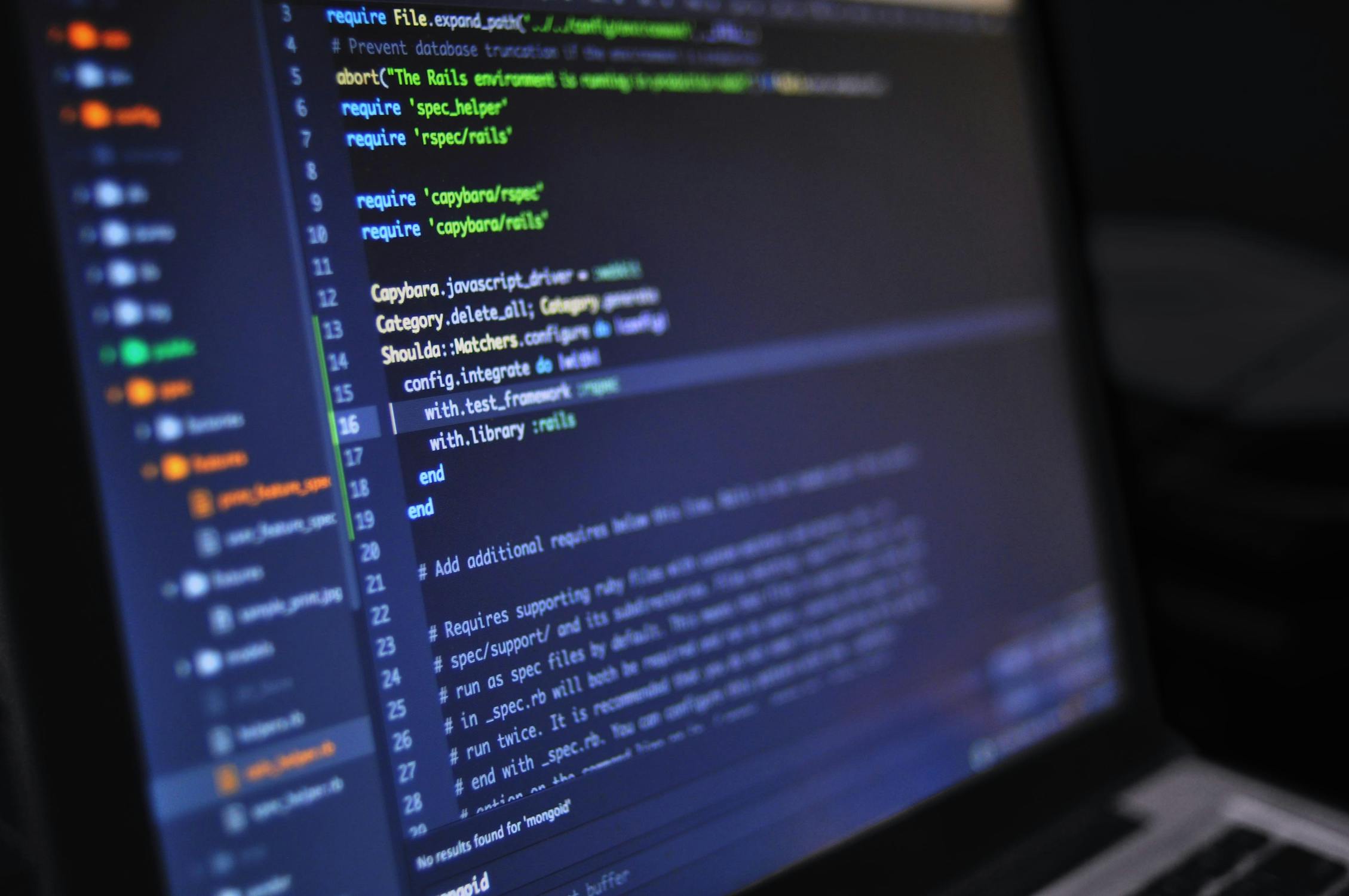- Essentials
- Specialties
- Nontechnical
- Personalized
- Generate a Custom Course 🪄
- Guided
- 60 Day Interview Crash Course

Data structures and algorithms for robotics
I want to get proficient in basic data structures and algorithms required for robotics and computer vision. The topics are: Data Structures:
Arrays: Fundamental for storing and processing data efficiently.
Graphs: Crucial for modeling complex relationships in robotics and computer vision.
Stacks and Queues: Important for managing data in specific orderings.
Linked Lists: Useful for dynamic data storage and manipulation.
Trees: Valuable for hierarchical data structures.
Algorithms:
Search Algorithms (BFS and DFS): Vital for exploring environments and finding paths.
Sorting Algorithms (QuickSort and MergeSort): Useful for data organization.
Dijkstra's Algorithm: Essential for finding shortest paths in weighted graphs.
A Algorithm:* Valuable for grid-based path planning.

Course Curriculum
Section 1. Data structures and algorithms for robotics








